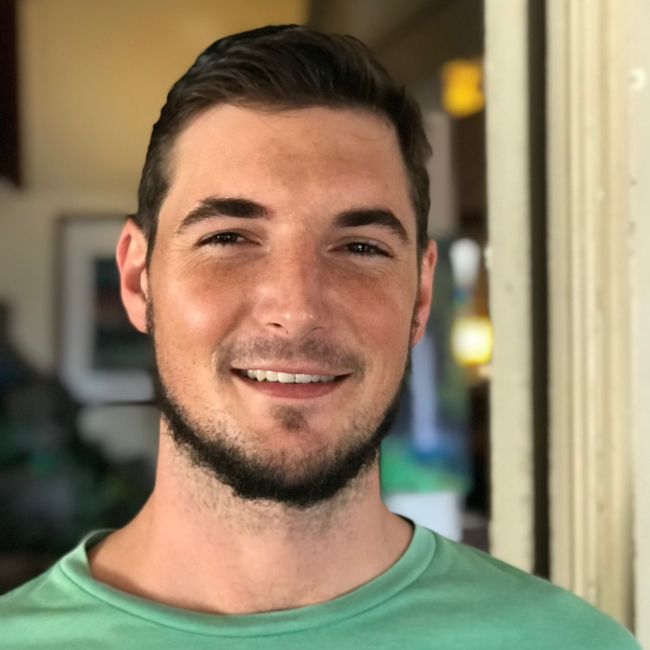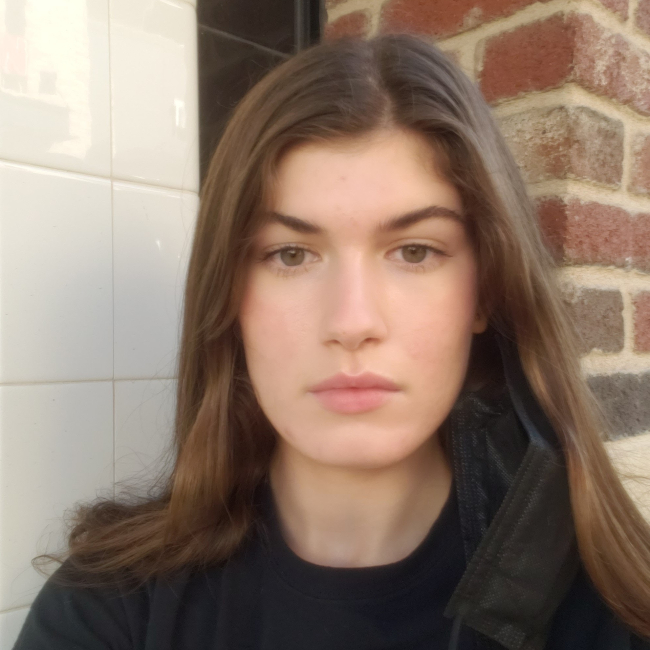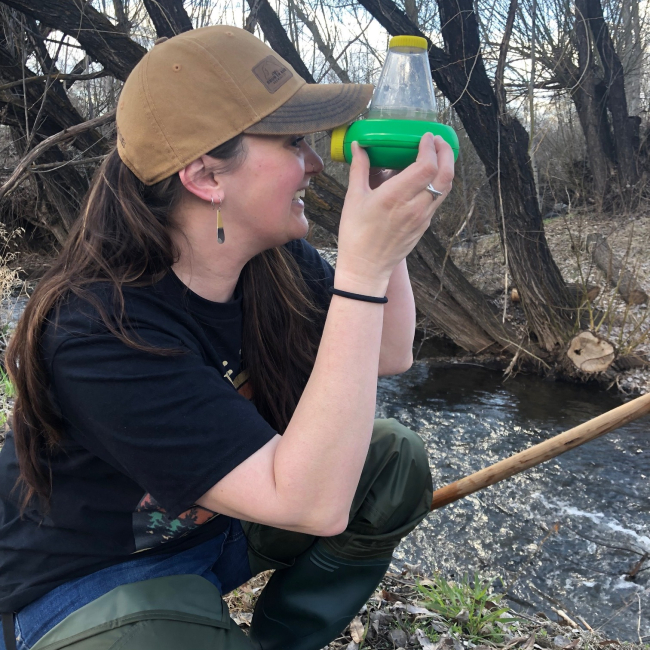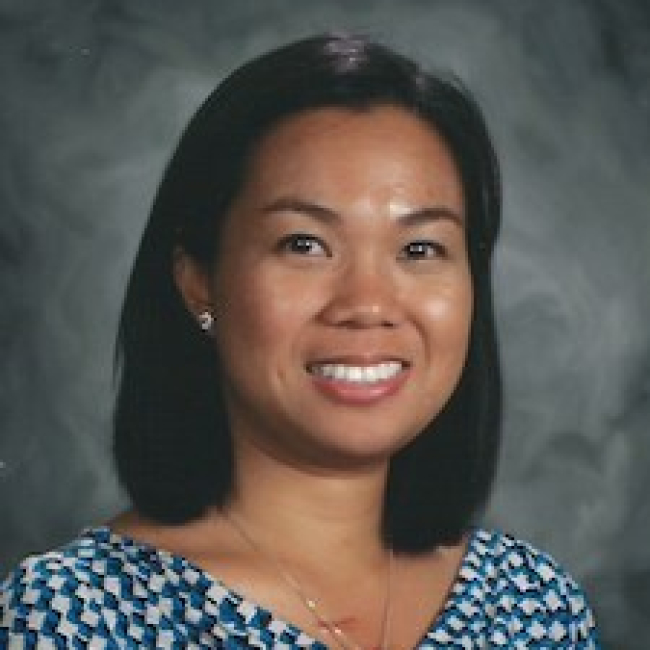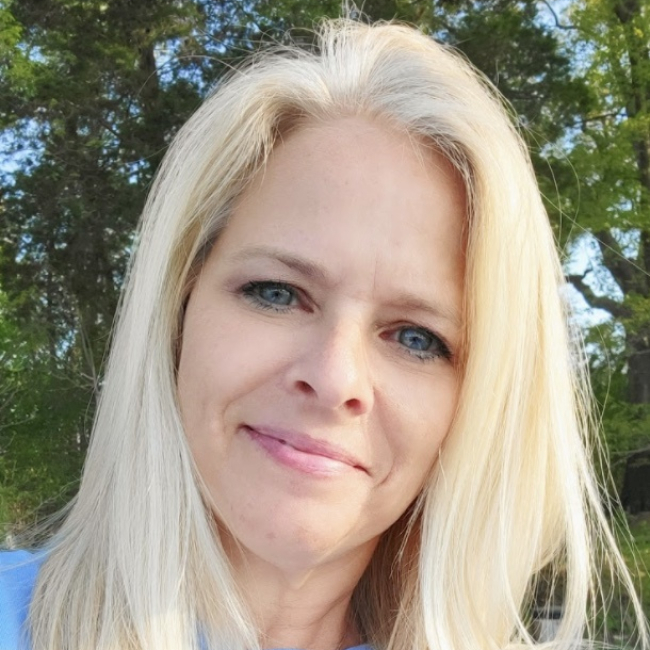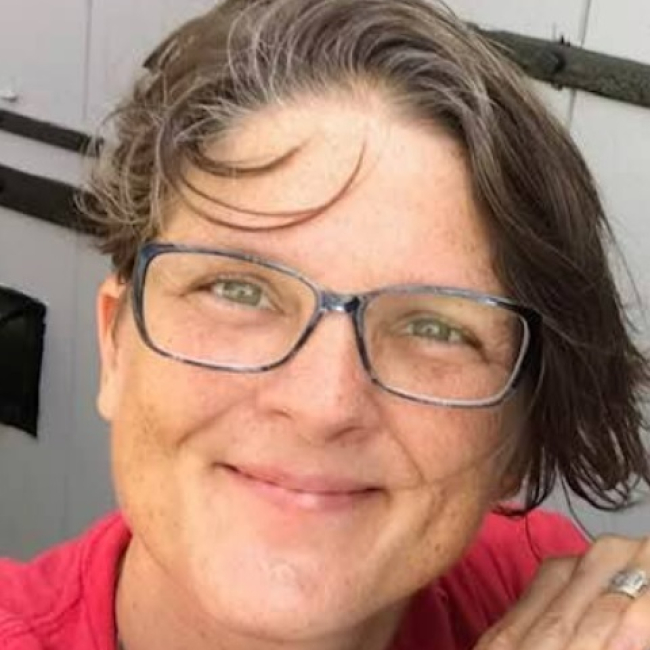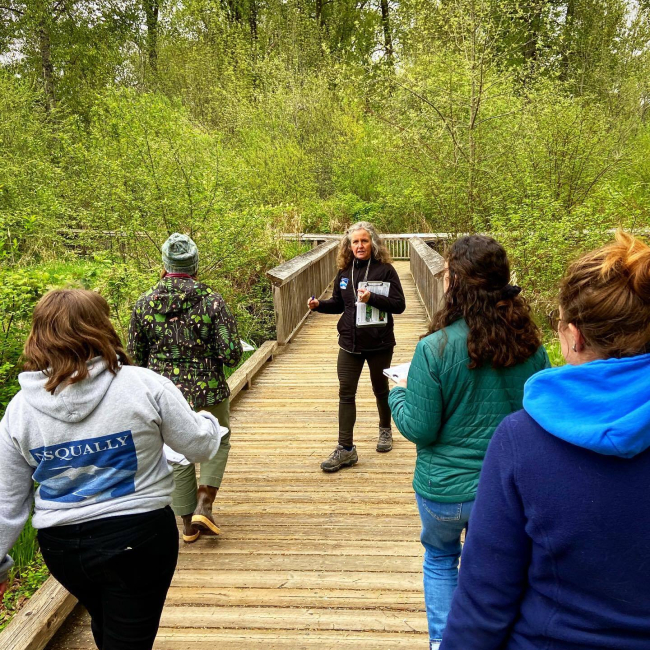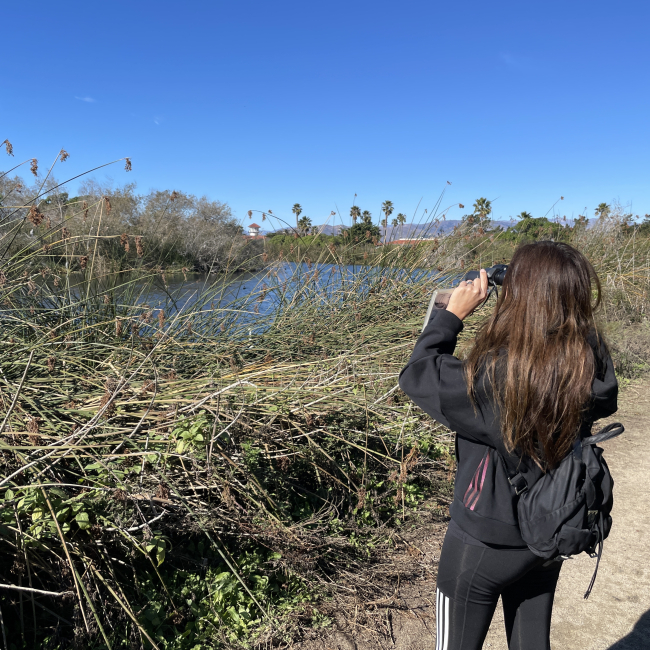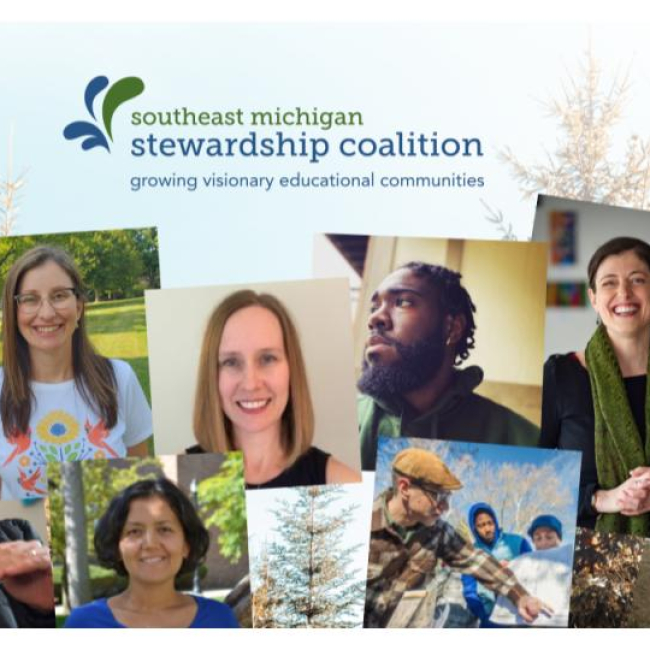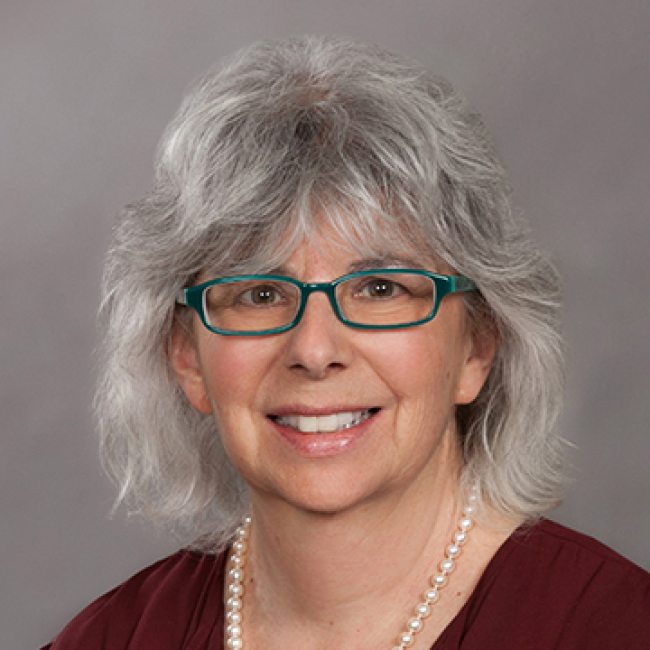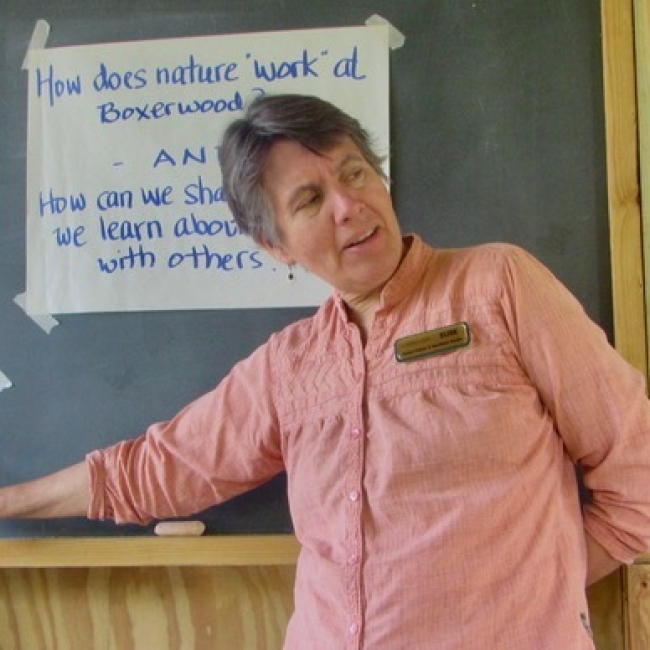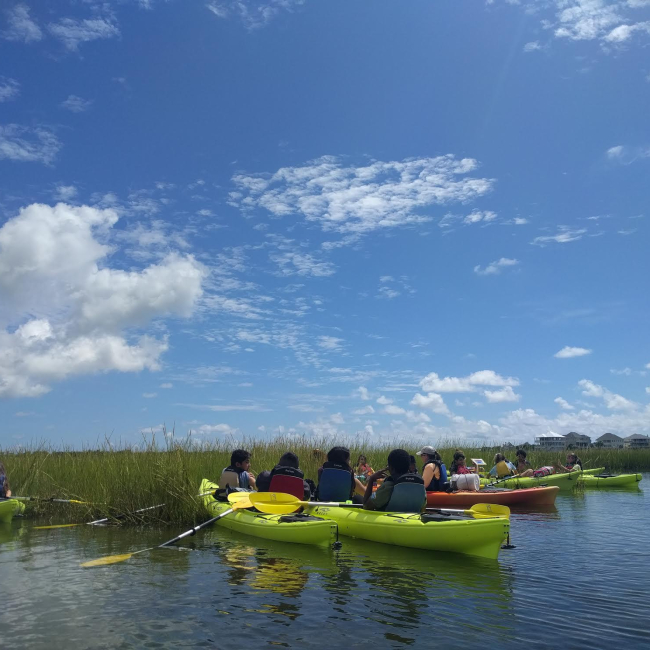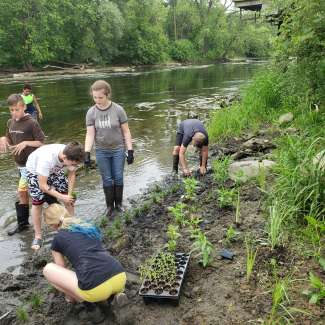
Kelly Sanborn
The most important skill I have learned from this project is to make science relevant to my students' lives. When they are doing real science in and out of the classroom, my student's engagement and learning increase.
What is your current job?
I am a sixth grade science teacher at Kuehn-Haven Middle School in Montrose, Michigan.
Please share a meaningful experience you had during the NOAA Bay Watershed Education and Training (B-WET) project you participated in.
Using this way of teaching is so powerful. It helps my students realize that they are stewards of their environment. I remember doing the chemistry experiments and knowing that my students would love this because they would be "real scientists." The waterfall hike, an activity where each student takes turns teaching the others about some object or phenomenon in the schoolyard or forest, was something I never knew about, and when I did this activity with my students, they had a blast and did not even realize they were learning.
How has the B-WET program helped you grow personally and/or professionally?
The most important skill I have learned from this project is to make science relevant to my students' lives. When they are doing real science in and out of the classroom, my student's engagement and learning increase.
In what ways did participating in B-WET professional development and learning about the Meaningful Watershed Educational Experience (MWEE) framework change the way you teach?
This program has changed the way I teach, because now I see the power in using discovery, analyzing, and applying/improving methods in science. In my opinion, all science teachers need to use this method.
For example, I now have my students explore Flint River’s water quality. They collect data at the river, which brings awareness to my students on issues with the water quality. They then decide how we as a school or a community can improve the Flint River. Last year, my students decided to plant a riparian zone at Barber Park. They planted native grasses and flowers. The riparian zone was used to slow down erosion and help slow down fecal coliform and total dissolved solids that run off the park into the river during heavy rains.
Has B-WET changed the way you think about environmental education?
Absolutely. Before participating in this program I had never taught environmental science and now this is my passion. I want to pass this knowledge onto my students so that they will make a difference in their watershed.




